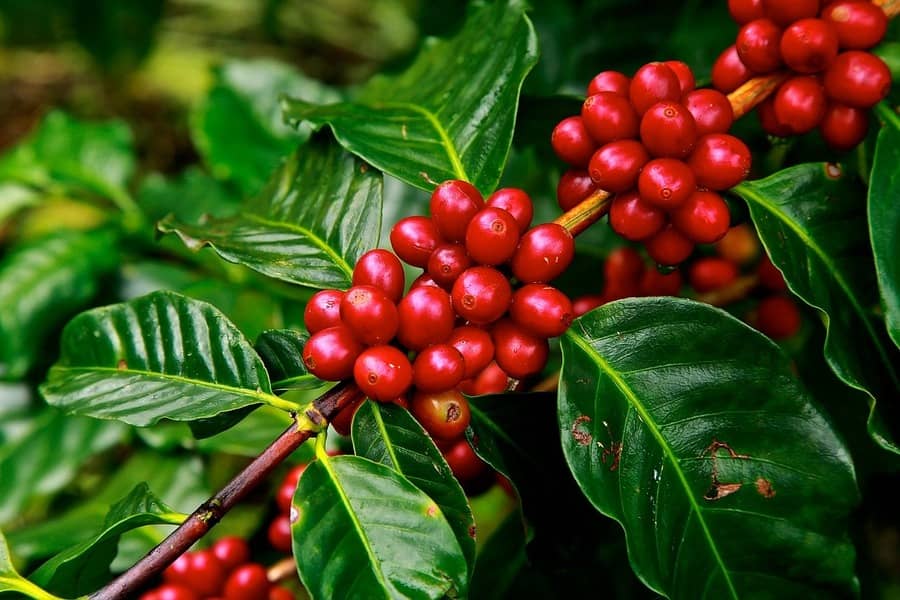The international financial combo ends up forcing a realignment in the price of commodities, moving away from the highs and negatively influencing coffee on ICE US. Coffee is also pressured by the beginning of the harvest of Brazil’s 2022 season. The prospect of a slowdown in economic activity in China, due to lockdowns, shook world markets, especially the commodities segment. China, the second-largest economy in the world, is also the main buyer of global commodities. And any negative sign in the Asian giant ends up directly impacting these products. Thus, the CRB index even lost the 300-point level but soon rebounded. Even so, it remains below the peak of 316 points reached in mid-April. WTI oil, in turn, has recovered the USD 100 level and is trading at USD 102 a barrel. The behavior of commodities in general must continue to influence coffee prices in the international market, particularly in this period of transition between crops in Brazil.
Another important point is the rise in the dollar, which reflects the idea of a more aggressive Fed from May. This change in the stance of the US monetary authority must lead to a change in the international financial flow, reflecting on the global foreign exchange market. In general terms, the dollar must gain strength against other currencies, especially the emerging ones, which reinforces the bias towards a slowdown in commodities.
In the case of coffee, the July/22 position lost the level of 220 cents and now seeks nearly 215 cents, targeting the apparent bottom around 210 cents. The advance of the Brazilian crop may help the market to test new bottoms for the external benchmark.
Domestic physical market is firmer for conillon on great interest from domestic industry
The conillon harvest is taking its first steps, with an initial idea of productivity slightly above expectations. This generates some optimism about the result of production. As work is just beginning, the available supply is still very small. As there is little coffee left from the 2021 season, growers, who are much more capitalized this year, have been quite reticent about closing new sales. It is good to remember that conillon in Brazil comes from a sequence of rising output and high prices, especially last season. This gives growers financial backup to better manage their sales.
On the other hand, the domestic industry, especially of roasted and ground coffee, remains active, with some of them being very aggressive to move sellers. This explains the firm prices of conillon in the domestic market, even at the crop arrival. Not even the negative sign from the London exchange for robusta has changed this behavior much, at least for now.
The harvest progress and rising physical availability will test this attitude of sellers. But the general idea is that growers will keep working on their positions without much hurry, staggering sales and prolonging the sales flow. In this sense, who will set the market tone is the behavior of the local roasted and ground industry, as happened last season.

